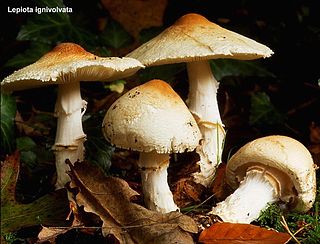
In mycology, a partial veil is a temporary structure of tissue found on the fruiting bodies of some basidiomycete fungi, typically agarics. Its role is to isolate and protect the developing spore-producing surface, represented by gills or tubes, found on the lower surface of the cap. A partial veil, in contrast to a universal veil, extends from the stem surface to the cap edge. The partial veil later disintegrates, once the fruiting body has matured and the spores are ready for dispersal. It might then give rise to a stem ring, or fragments attached to the stem or cap edge. In some mushrooms, both a partial veil and a universal veil may be present.

Tricholoma is a genus of fungus that contains a large number of fairly fleshy white-spored gilled mushrooms which are found worldwide generally growing in woodlands. These are ectomycorrhizal fungi, existing in a symbiotic relationship with various species of coniferous or broad-leaved trees. The generic name derives from the Greek trichos (τριχος) meaning hair and loma (λωμα) meaning fringe or border, although only a few species have shaggy caps which fit this description.
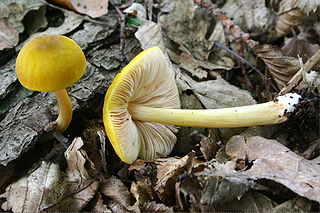
Pluteus leoninus, commonly known as lion shield, can occasionally be found growing on dead wood in Europe and North Africa. The underside of the cap is typical of the genus Pluteus — the gills are pale, soon becoming pink when the spores ripen. But the upper surface is a bright tawny or olivaceous yellow. The species name leoninus refers to this cap colour.

Joseph-Henri Léveillé was a French physician and mycologist who was a native of Crux-la-Ville, in the department of Nièvre.

Narcisse Théophile Patouillard was a French pharmacist and mycologist.

Calostoma is a genus of 29 species of gasteroid fungi in the suborder Sclerodermatineae. Like other gasteroid fungi, Calostoma do not have the spore discharge mechanism associated with typical gilled fungi (ballistospory), and instead have enclosed spore-bearing structures. Resembling round, orange to red gelatinous puffballs on thick stalks, species have been collected in regions of deciduous, temperate, tropical or subtropical forests. They have a worldwide distribution, including eastern North America, Asia, and Australasia. The common name given to some species, "prettymouth", alludes to the bright red fruit bodies with openings that may somewhat resemble lips.
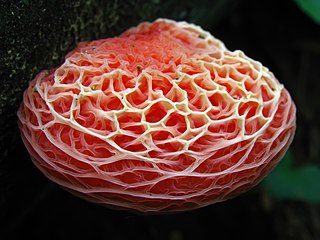
Rhodotus is a genus in the fungus family Physalacriaceae. It is a monotypic genus and consists of the single mushroom species Rhodotus palmatus, known in the vernacular as the netted rhodotus, the rosy veincap, or the wrinkled peach. This uncommon species has a circumboreal distribution, and has been collected in eastern North America, northern Africa, Europe, and Asia; declining populations in Europe have led to its appearance in over half of the European fungal Red Lists of threatened species. Typically found growing on the stumps and logs of rotting hardwoods, mature specimens may usually be identified by the pinkish color and the distinctive ridged and veined surface of their rubbery caps; variations in the color and quantity of light received during development lead to variations in the size, shape, and cap color of fruit bodies.
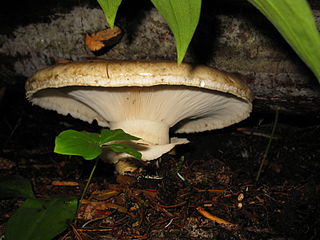
Catathelasma imperiale is a large species of mushroom in the Tricholomataceae family. It is found in North America and Europe.

Melanoleuca melaleuca is a species of mushroom in the Tricholomataceae family, and it is the type species of its genus Melanoleuca. It is difficult to distinguish from other related species firstly because it is variable, secondly because the taxonomic criteria are often based on characteristics which have later been found to be variable, and thirdly because there is much disagreement between authorities as to exactly how the species should be defined.
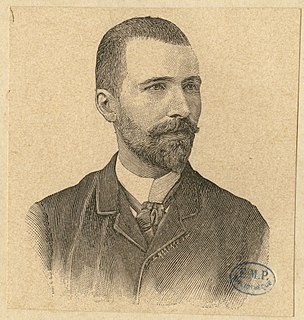
Pierre Clement Augustin Dangeard was a botanist and mycologist known for his investigations of sexual reproduction in fungi. He was the father of botanist Pierre Dangeard (1895–1970) and geologist Louis Dangeard (1898–1987).

Scleroderma verrucosum is a basidiomycete fungus and a member of the genus Scleroderma, or "earth balls". First described scientifically in 1791, the species has a cosmopolitan distribution, and grows in the ground in nutrient-rich, sandy soils.
Amanita zambiana, commonly known as the Zambian slender Caesar, is a basidiomycete fungus in the genus Amanita. An edible mushroom, it is found in Africa, where it is commonly sold in markets.
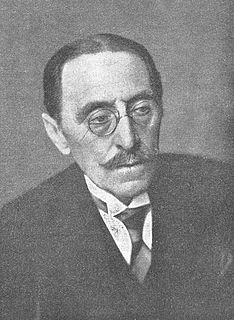
Jean Beauverie was a French botanist and mycologist.
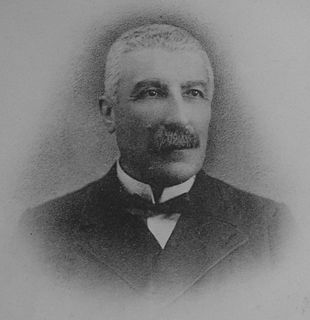
François-Xavier Gillot was a French physician, mycologist and botanist.
Jean Louis Lucand was a French mycologist and mycological artist.
Georges Jean Louis Malençon was a French mycologist known for his investigations of fungi native to North Africa and the Iberian Peninsula.

Léon Louis Rolland was a French mycologist.


